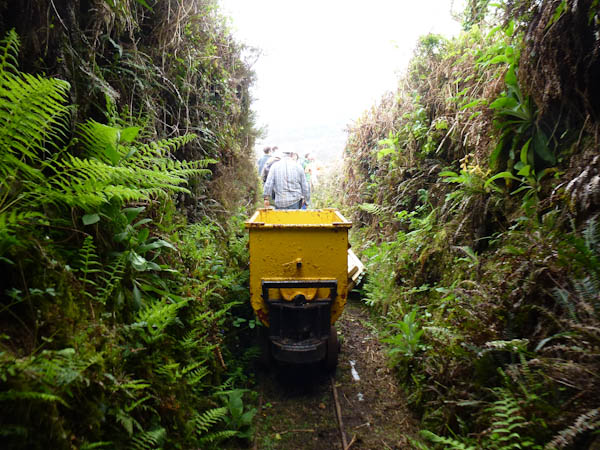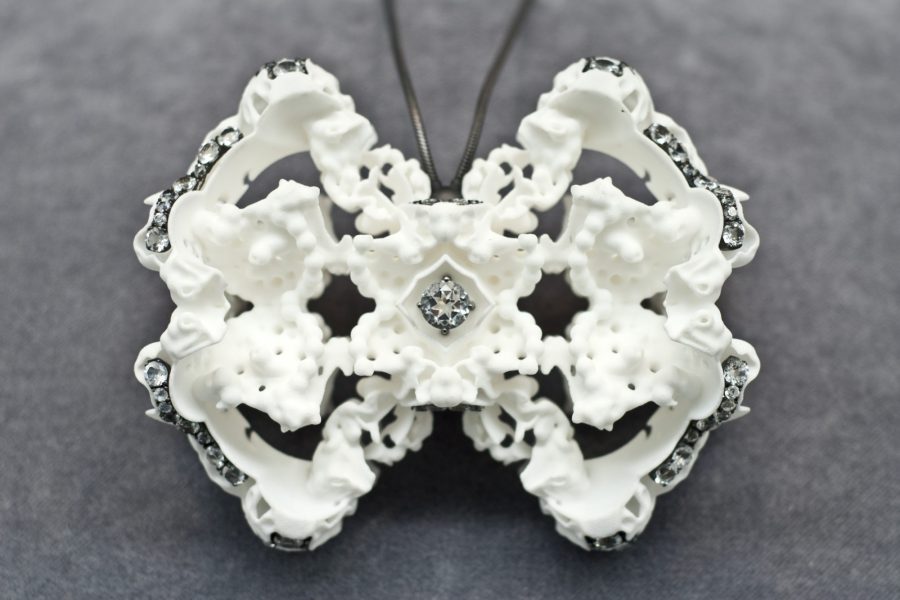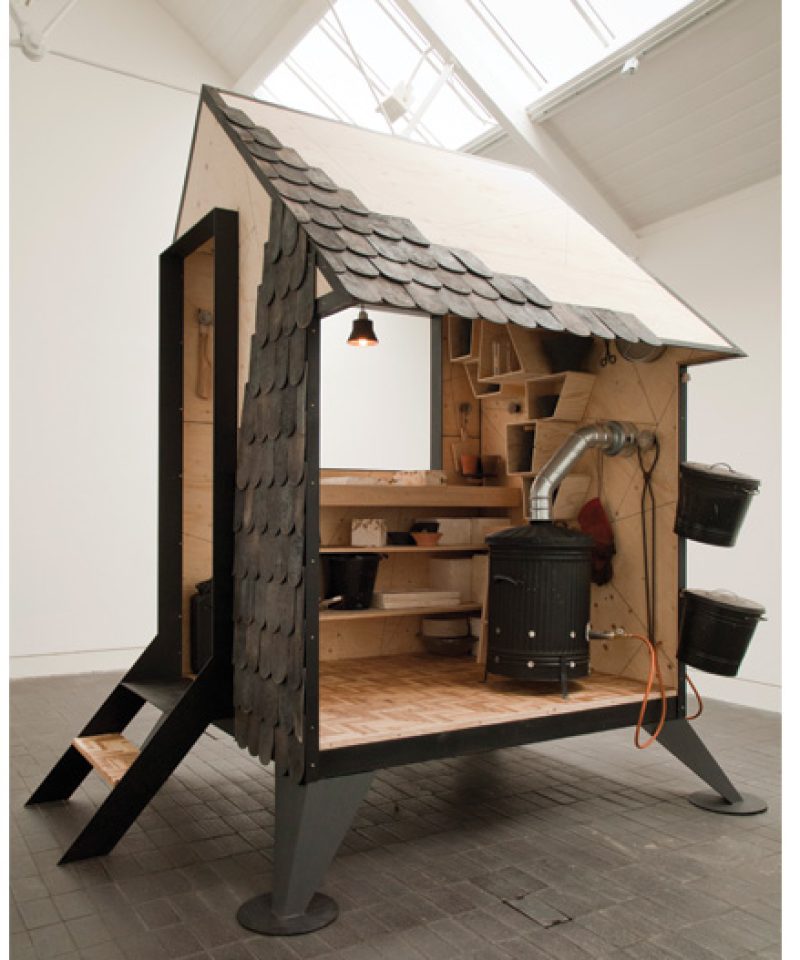A few months ago I was at an art conference in Penzance, Cornwall. The first full day of the three-day event consisted of a field trip to some local mines, where a barrel-chested ex-miner told us about radioactivity. The rocks here were mined for tin for thousands of years, but in amongst the ore were strange black lumps.

This was radium, the substance discovered by Marie Curie in 1898, and whose deathly – poisonous – properties it took decades to uncover. Ignorant of its side effects, radium was added to everything from drinking water to toothpaste and hair creams. One advert for radium toothpaste produced as late as World War II claimed that radium “gently polishes the dental enamel and turns it white and shiny.”
Uranium, a potentially more deadly substance that ultimately gave us the atomic bomb, has been used for decorative glass for hundreds of years – long before its explosive properties were discovered. Uranium use took off in the 19th century as an additive that could make glassware glow green.

Louis Thompson’s glassware Reap What You Sow is similarly made of uranium glass – or at least, uranium is present in a harmless, trace quantity. The presence of the substance recalls a history of processes and discovery, of the confluence of craft and science.
Thompson’s Hive consists of a series of seemingly unusable glass vessels. They are sealed like barrels of contaminated waste. Hive is a field of alien-looking forms reaching out towards one another like sentient beings. They look like they emanated from the rocks – as forms, they are as strange and otherworldly as the isotope they contain.

